
A few books linked to R’r got some recent kudos from The Haiku Foundation via their annual Touchstone Awards for best books of 2012.
Haiku 21: an anthology of contemporary English-language haiku (Modern Haiku Press, 2011), edited by Lee Gurga and myself, shared the Distinguished Book award for 2012 with 3 other books.
Here’s what the judges had to say:
Haiku 21 is a unique and startling anthology of twenty-first-century English-language haiku. Editors Lee Gurga and Scott Metz took upon themselves the daunting task of reading every single haiku published in journals from 2000-2010. They selected what they considered the most excellent work, attempting also to showcase the full range of contemporary English-language haiku, from traditional to experimental, exploring the question, “What can haiku be?” The poets answer, in alphabetical order, sans bio or notes, most represented by a single poem. Although the collection may trend more towards the experimental than the taste of some, the anthology renders a fascinating image of where English-language haiku is in this new millennium, and points the way toward its future
In addition to the award, we received these stones:
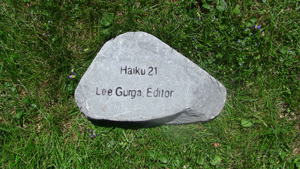
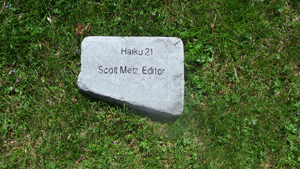 —
—
Reviews of Haiku 21 by Ron Silliman, and Michael Dylan Welch (Modern Haiku 43.2);
additional kudos:
“Haiku 21 is a collection of the same old, same old unmemorable haiku-like poetry. [It] omits many well known poets, has many abysmal poems, and helps to further discredit haiku.” —Robert D. Wilson, editor of Simply Haiku: The International Journal of English Language Traditional Japanese Short Form Poetry
—
“We find here a mania for running smugly free in hallucinations. It’s a public nuisance.” —Klaus-Dieter Wirth (Chrysanthemum 13)
—

In addition, my own first collection, lakes & now wolves (Modern Haiku Press, 2012) received an Honorable Mention, sharing that distinction with 3 other books. Here’s what the judges had to say:
lakes & now wolves is the long-awaited, first full collection by a poet justly described as “one of the most innovative and challenging younger poets at work in haiku” (Montage). Few collections of haiku by a single author are as exploratory and wide-ranging. The book progresses from excellent, relatively normative examples of the genre:
end of summer
pressing her body against
the sea wall
to more boldly imaginative one-liners such as:
meadow speaking the language she dreams in
Indeed, many of the poems exemplify the 21st Century trend towards writing haiku in one line, coincident with a linguistically playful turn, at its best. The following, which may be seen as a vertical one-liner, touches tenderly on romantic relationship through a subtle, unexpected line-break:

lakes & now wolves also offers some of the most striking haiku on the topic of war in English, alongside distinctive takes on classical and modern Japanese haiku. While some of the “ku” may disconcert traditionalists, this is a collection that inspires and provokes more than most.
—
Reviews by Eve Luckring (Modern Haiku 44.1; p16 in the PDF),
and Francine Banwarth (frogpond 36.1);
additional kudos:
“[N]ot worth reading.” —Robert D. Wilson, editor of Simply Haiku: The International Journal of English Language Traditional Japanese Short Form Poetry
—
Of the 30 poems I submitted, as editor, from the 2012 issues of R’r (and also 10 more from MASKS), one was shortlisted for a Touchstone, but ultimately did not receive an award:

—




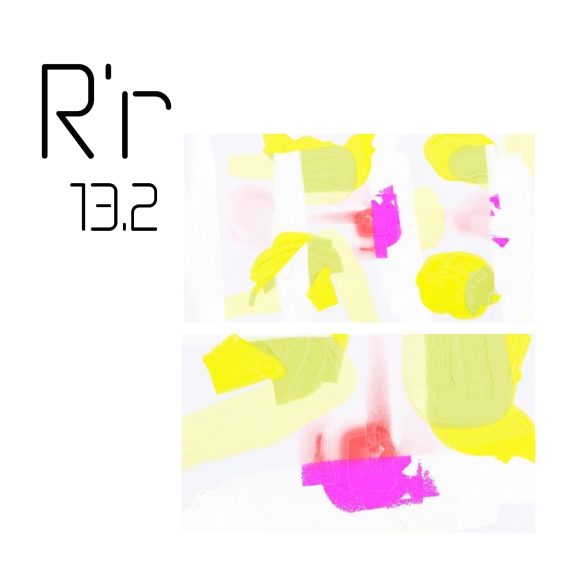






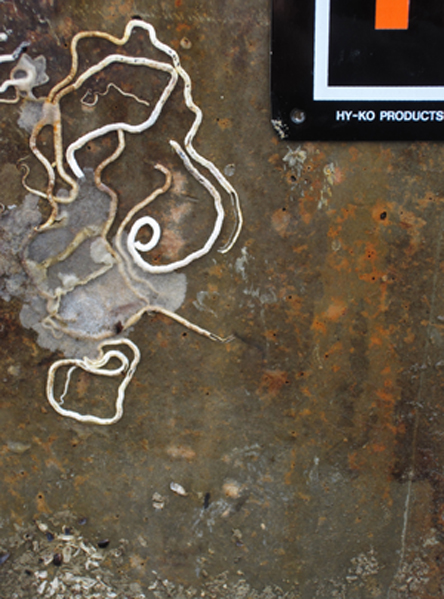
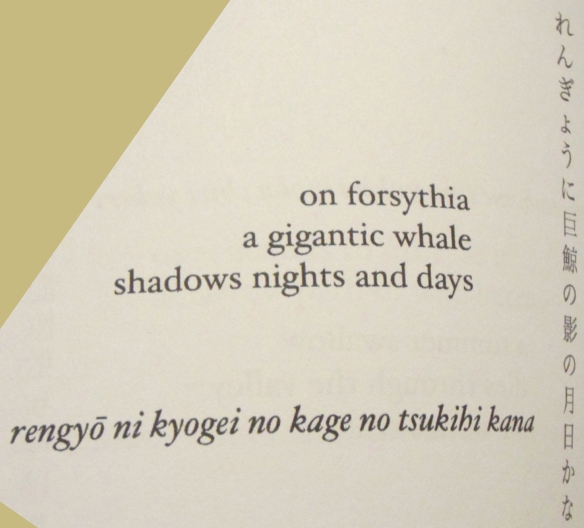




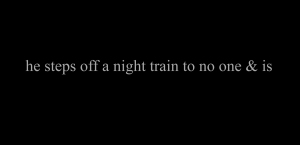










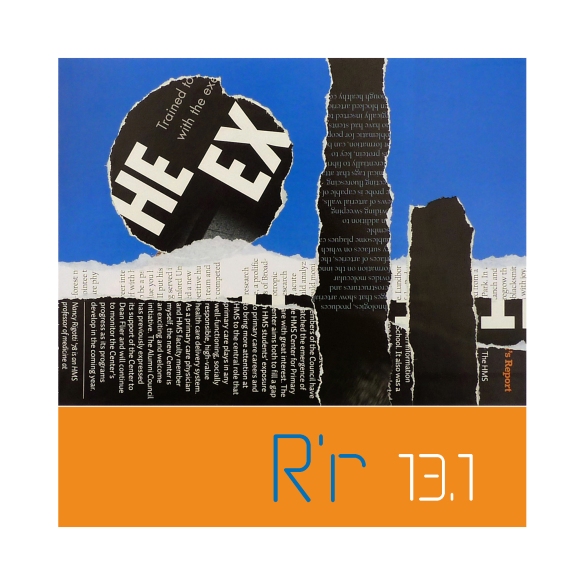




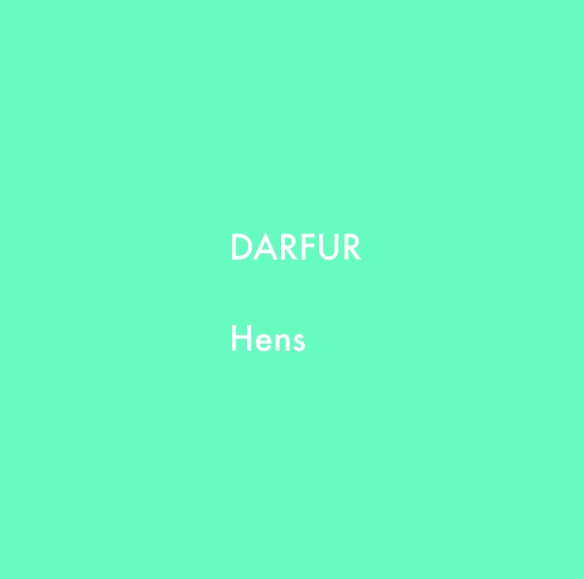








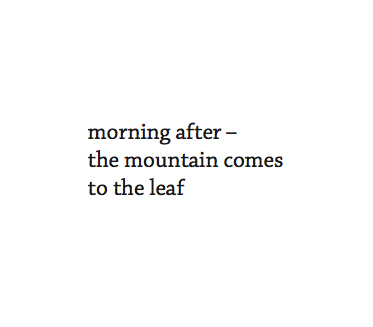






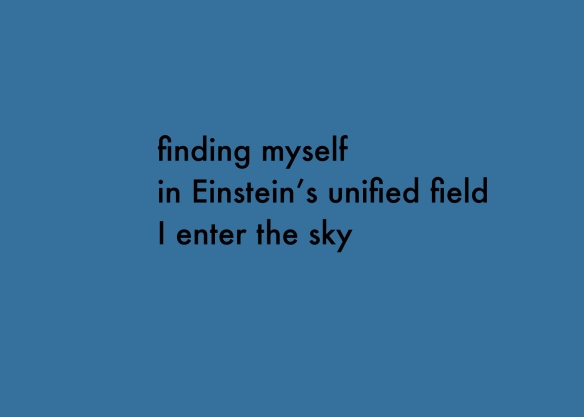





































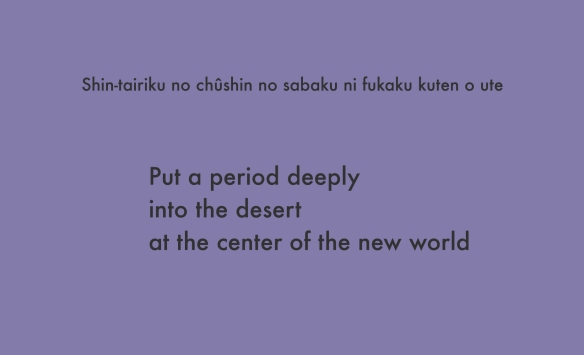
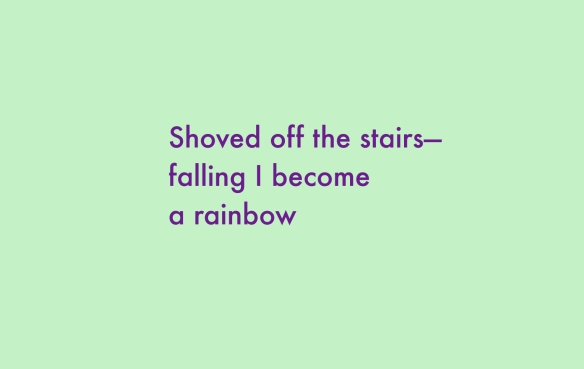
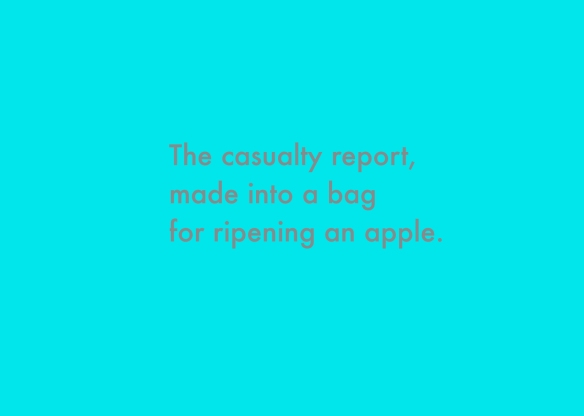
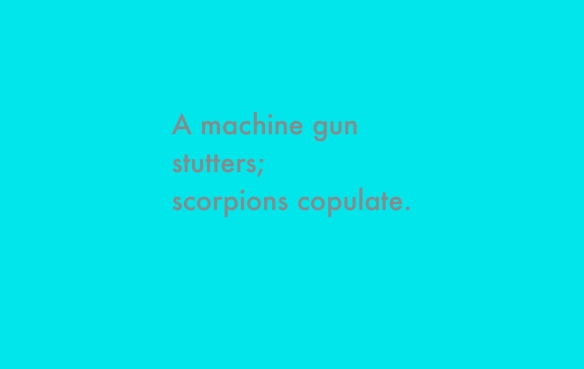












 Ron Silliman / Crow (Ithaca House, 1971)
Ron Silliman / Crow (Ithaca House, 1971)




 —1976—
—1976— “thief O” by Cherie Hunter Day
“thief O” by Cherie Hunter Day
